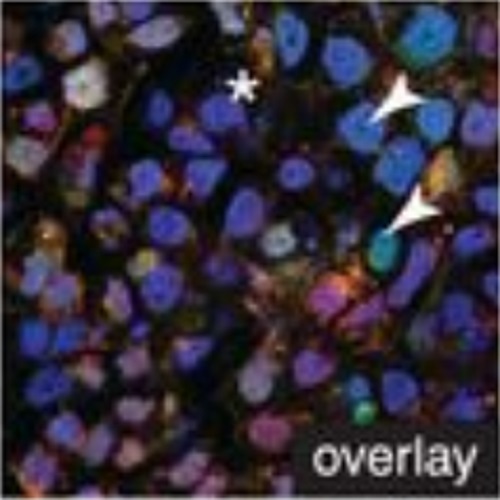Transposon-mediated BAC transgenesis in human ES cells.
Transgenesis is a cornerstone of molecular biology. The ability to integrate a specifically engineered piece of DNA into the genome of a living system is fundamental to our efforts to understand life and exploit its implications for medicine, nanotechnology and bioprospecting. However, transgenesis has been hampered by position effects and multi-copy integration problems, which are mainly due to the use of small, plasmid-based transgenes. Large transgenes based on native genomic regions cloned into bacterial artificial chromosomes (BACs) circumvent these problems but are prone to fragmentation. Herein, we report that contrary to widely held notions, large BAC-sized constructs do not prohibit transposition. We also report the first reliable method for BAC transgenesis in human embryonic stem cells (hESCs). The PiggyBac or Sleeping Beauty transposon inverted repeats were integrated into BAC vectors by recombineering, followed by co-lipofection with the corresponding transposase in hESCs to generate robust fluorescent protein reporter lines for OCT4, NANOG, GATA4 and PAX6. BAC transposition delivers several advantages, including increased frequencies of single-copy, full-length integration, which will be useful in all transgenic systems but especially in difficult venues like hESCs.
Back to list
